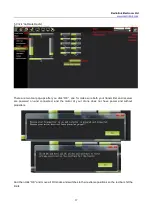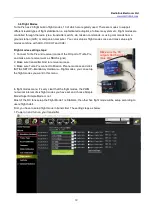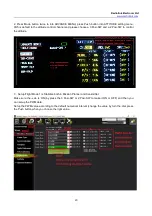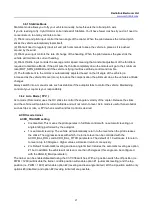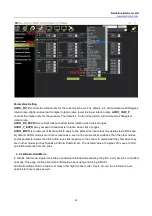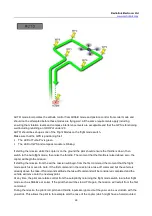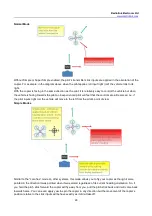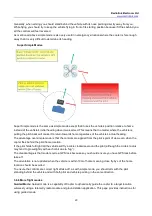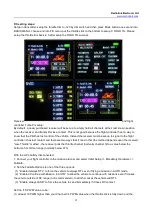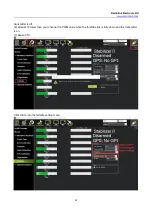
Radiolink Electronic Ltd
29
Generally, when arming you should stand behind the vehicle with its nose pointing directly away from you.
While flying you should try to keep the vehicle flying in front of its starting position because if it flies behind you
all the controls will feel reversed.
As mentioned above simple mode is also very useful in emergency situations where the copter is far enough
away that it is very difficult to determine its heading.
Super Simple Modes
Super Simple mode is the same as simple mode except that it uses the vehicle’s position relative to home
instead of the vehicle’s initial heading when it was armed. This means that no matter where the vehicle is,
pulling the pitch back will cause it to return towards home regardless of the vehicle’s actual heading.
The advantage over simple mode is that the controls are applied from the pilot’s point of view even when the
copter flies behind the pilot/home location.
If the pilot holds full right roll the vehicle will fly a circle clockwise around the pilot (although the circle’s radius
may tend to grow slightly with each orbit due to “lag”).
The disadvantage is that mode require a GPS lock because so you should ensure you have GPS lock before
take-off.
The orientation is not updated when the vehicle is within 10m of home meaning close fly-bys of the home
location should be avoided.
To ensure the controls are correct right at take-off, as with simple mode, you should arm with the pilot
standing behind the vehicle and with both pilot and vehicle pointing in the same direction.
3.6.8 More flight modes
Guided Mode:
Guided mode is a capability of Copter to dynamically guide the copter to a target location
wirelessly using a telemetry radio module and ground station application. This page provides instructions for
using guided mode.



